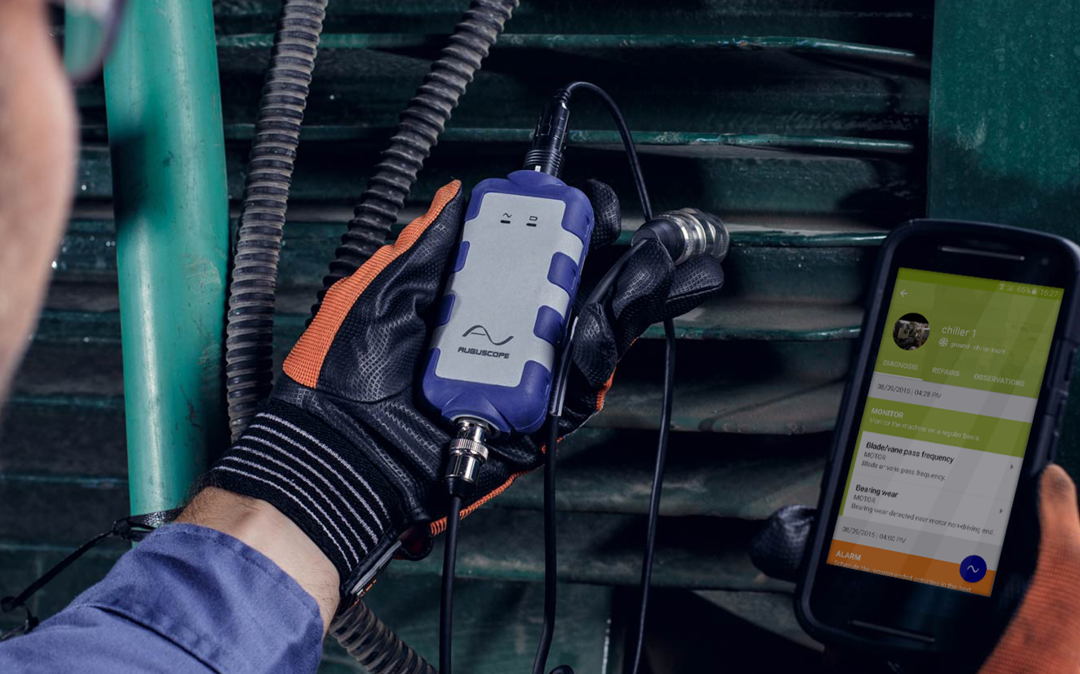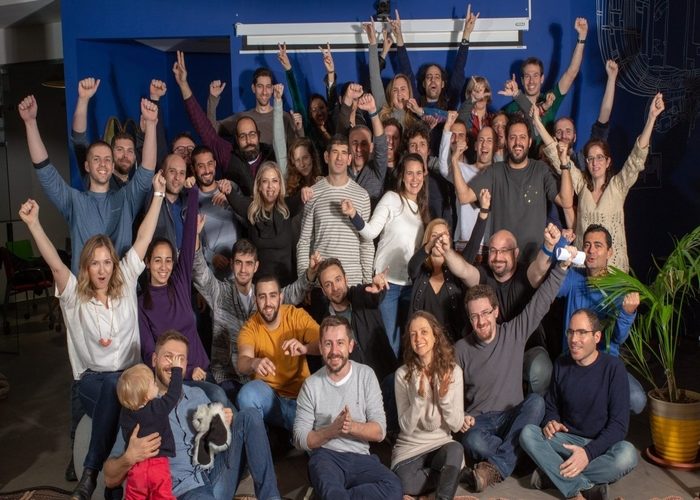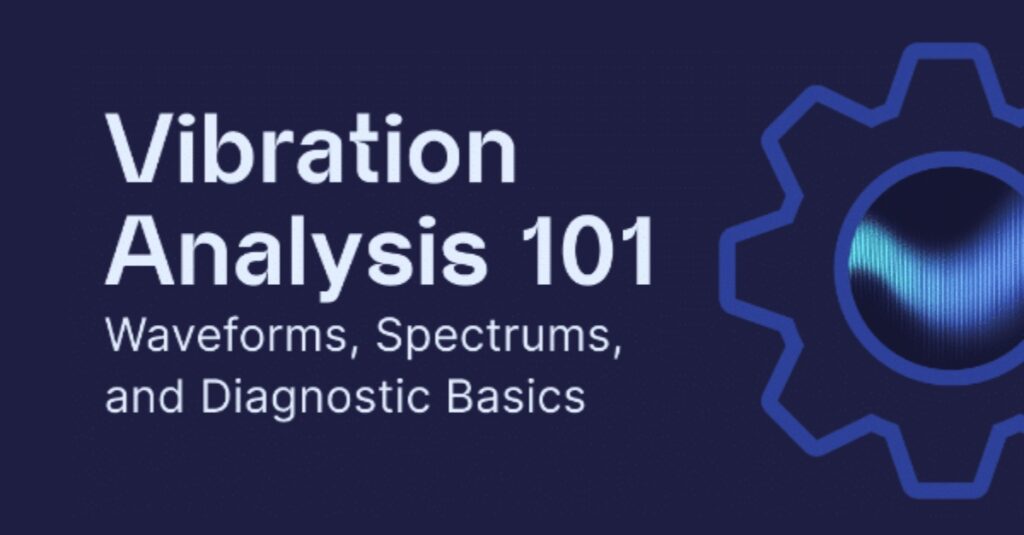
Since I started using an Apple Watch, I find myself taking conference calls on the go, roving around the office and generally moving as much as I can in order to meet the daily activity and exercise goals I programmed into my new watch.
Time To Switch From ‘Should’ To ‘Must’
Thanks to the sensors and other sophisticated electronics built into my new Internet of Things (IoT) device, I now have a high-tech nag / mentor / monitor / coach and accountant keeping track of everything I do to keep fit.
Of course, I could ignore everything my watch tells me and sit behind my desk for most of the day like I did pre-Apple Watch. But now I feel more engaged. Before I knew I should be moving around more. Now I feel I must.
The difference between “should” and “must” is often more a matter of psychology and motivation than it is about reason. We know we “should” select a salad over a cheeseburger, but it’s easy to give into temptation.
In the consumer world, therefore, I believe that much of the economic payback from the IoT will hinge on its ability to get humans to switch from the “should” mode to the “must” mode.
Here’s Why.
The most compelling IoT applications arise when user behaviors are altered in such a way as to fundamentally alter the economics of the activity in question. Said differently, the marginal cost (whether in money or psychological discomfort) of obtaining the additional information required to produce behavioral change is outweighed by the returns that the “improved” behavior produces.
Meet Oscar’s Misfit
Consider Oscar, a health insurance company that uses Biometric sensors to improve the lives of its policyholders (customers). Oscar provides policyholders with Misfit, an IoT device that tracks their fitness levels. In exchange for meeting the minimum daily fitness requirements, Oscar customers are rewarded with Amazon gift cards – effectively a discount to their insurance premiums.
Oscar benefits by having a pool of healthier policyholders, which in turn, lowers its risk. The use of biometric sensors is a technologically inspired form of loss control, which are the risk-management practices insurance companies traditionally use to reduce claims.
But how do Oscar and Misfit get people to work out more than they would absent the Misfit device? In short, how do they convert health-supporting “should” behaviors into “must” behaviors?
The answer lies more in psychology than it does in technology. The device and platform incorporate characteristics that are inherently appealing:
- Simplicity – The device is as easy to put on as a watch.
- Personalization – Since Misfit comes in different colors, sizes and decorative features, you can make it your own. There is even a Swarovski line of bejeweled Misfits.
- Status – It’s inherently cool.
In addition, Misfit capitalizes on another aspect of human nature that drives behavior: the enjoyment of games and competition. At Oscar, Misfit users who are inspired by personal well-being alone can track their progress against prior achievements. But Misfit also allows the six-packed sadist who can’t tolerate being out-burpeed to compare his athletic performance against other Misfits to see who is the most fit. As evidenced by our national love affair with professional sports, competition is a huge driver of activity.
The IoT Game
At Augury, we apply similar gamification mechanisms through our IoT device, the Auguscope, so that potential users are able to compete with one another. But the fact is they already compete with each other — their game is real business and their game is getting more competitive and more filled with “musts.”
The users of our Auguscope are HVAC Mechanical Service Technicians and Reliability Engineers, most of whom have a MacGyver-like instinct for understanding how machines work. On top of their fundamental curiosity usually lies years of experience, which is why so many of the best Mechanical Techs often have lots of salt and pepper in their hair — like the best surgeons.
Like operating room wizards, the experienced Mechanical Tech has honed his or her craft by examining a wide variety and quantity of pumps, fans and chillers over the years and developing a deep understanding of how each of those machines reacts differently to its environment. The more applied knowledge and experience a Mechanical Tech has, the more able they are to solve the widest range of problems. Perhaps most important, they are able to identify smaller problems before the problems become larger ones and more costly to repair.
Hybrid Intelligence: Humans and Machines Together
But HVAC is becoming more complex and there aren’t enough top Mechanical Techs to go around. To go back to the surgeon analogy for a minute, you would never expect a surgeon to tell a patient, “Boy, that aneurysm’s a doozy; I’ve never seen that before.” Similarly, if the HVAC unit in that surgeon’s hospital blew out, you wouldn’t expect the Tech to tell the surgeon, “Let me come back in a few days; I don’t know what’s wrong and I need to find someone who does.”
At Augury, we’ve figured out how to deliver a lifetime’s worth of experiential technical knowledge through the Auguscope, which is connected to the world’s largest dictionary of machine malfunctions. Whatever the range of his or her own experience, a Mechanical Tech armed with an Auguscope will know what’s wrong or what will go wrong before it happens.
Today, having that kind of knowledge truly is more of a “must” than a “should.”
Want to learn more? Just reach out and contact us!





